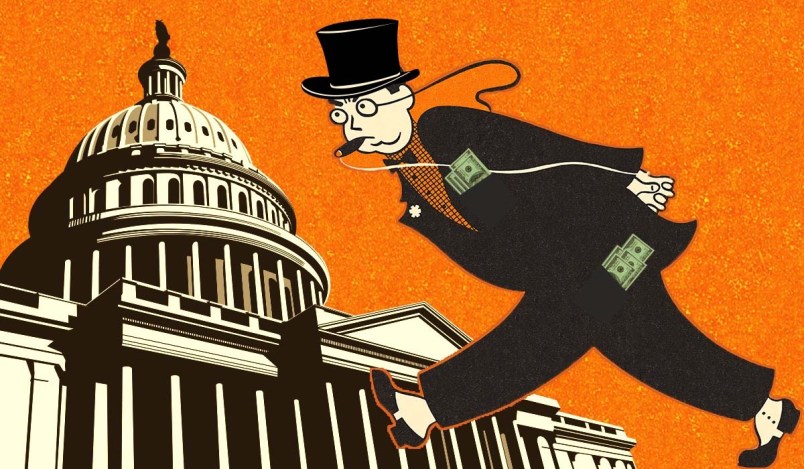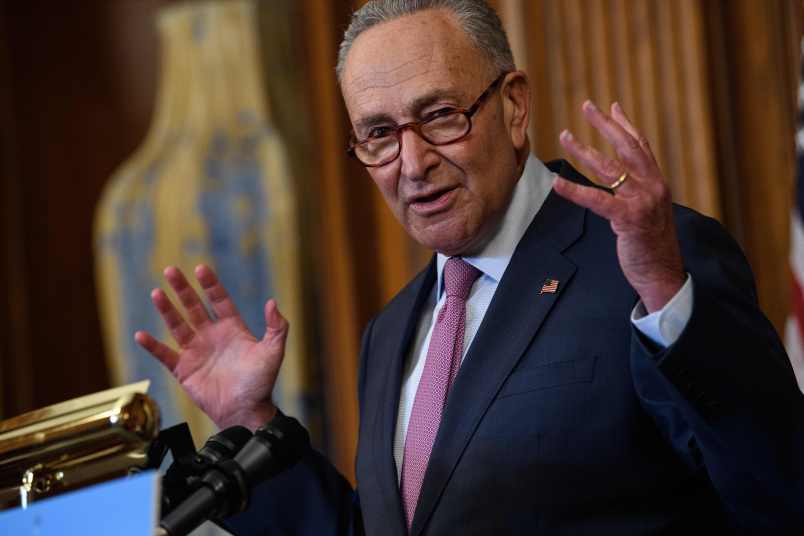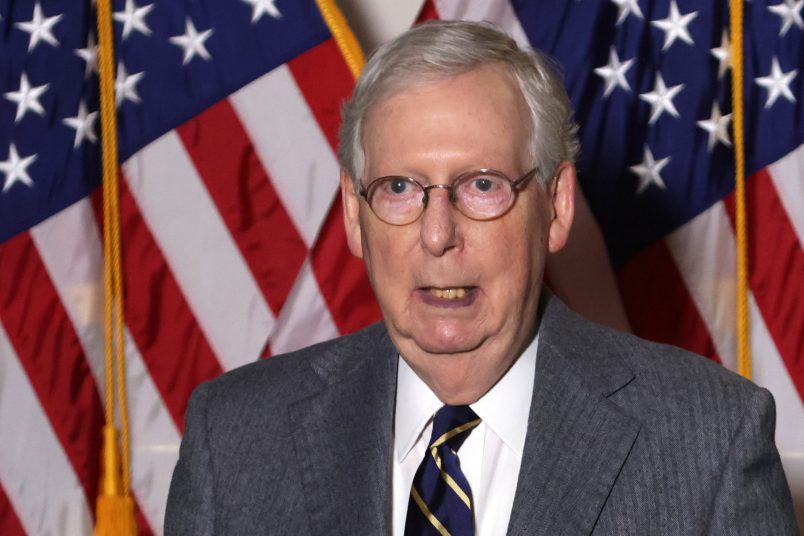If the left and the right are proxies in a class war, then they’re currently fighting to win a battle of public perception. Each side wants the public to see them as on the side of the beleaguered many against the powerful few.
Democrats are vying for victory by supporting tax increases on millionaires and the “Buffett Rule,” which posits that all millionaires should pay at least the same effective tax rates as the middle class. The Occupy Wall Street protesters have turned “We Are The 99 Percent” into a rallying cry.
How do you argue against that? By obscuring what the fight’s really about, and perpetuating the sense that hundreds of millions of people are gaming the system. To do this, conservatives and Republican elected officials are citing recent data to create the impression that a small majority of people in the country pay all the taxes, and nearly half (a large minority) pay nothing at all. It’s a false impression, and when you break down who comprises this now-famous “47 percent” — the poor, the disabled, and the elderly — it makes you wonder why anybody thought it was a good idea to pick a public fight with them.
What’s really going on here is that about 47 percent of households paid no federal income tax in 2009. Either they owed nothing, or they got as much back from the federal government as they paid — or more.
This ignores payroll taxes, state and local taxes, gas taxes, excise taxes and much more. But to hear conservatives talk about it, you’d think these people’s entire tax burden was $0.00. In April, Sen. Chuck Grassley (R-IA), citing similar data, claimed “According to the Joint Committee on Taxation, 49 percent of households are paying 100 percent of taxes coming in to the federal government.” Notice the absence of the key qualifier, “income.” And Grassley’s far from alone.
As Benjy Sarlin explained at length the Republican answer to this problem, remarkably, is that Congress should raise these people’s taxes.
So who are these people? This chart, courtesy of the Center on Budget and Policy Priorities, explains just about everything you need to know.

Right now about one-third of the 47 percent are people who are too old to work, full time students, disability beneficiaries, long-term unemployed and other such despicable freeloaders. Because the 47 percent figure comes from using “households that file” as the denominator it includes people who have part time jobs and low paying jobs, Social Security and unemployment beneficiaries. The rest were people whose jobs paid little enough that, on net, they owed no income taxes. These people may have benefited from the stimulus’ Making-Work-Pay tax credit, or saw their incomes drop enough during the recession to qualify for the Earned Income Tax Credit, and so on.
In this regard, attacking the 47 percent for gaming the system is an implicit call for taxing Social Security income, taxing disability benefits, further taxing unemployment benefits, and so on.
Moreover, and this is key, the 47 percent is only 47 percent because of the recession. As CBPP wrote in May, the high number “reflects the unique circumstances of 2009, when the recession greatly swelled the number of Americans with low incomes and when temporary tax cuts created by the 2009 Recovery Act — including the “Making Work Pay” tax credit and an exclusion from tax of the first $2,400 in unemployment benefits — were in effect. Together, these developments removed millions of Americans from the federal income tax rolls. Both of these temporary tax measures have since expired. In a more typical year, 35 percent to 40 percent of households owe no federal income tax. In 2007, the figure was 37.9 percent.”
As CBPP tax expert Chuck Marr explained to me, this is a good phenomenon, and one that helped prevent the economy from sinking even further in 2009.
“The place to start on this though is that the years discussed are just not typical — this is the worst economic climate since the Great Depression,” Marr said. The numbers have been bumped by about 10 percentage points “that’s what you want — should we argue that we should raise taxes on these people to keep it at 37 percent?”
That’s what a lot of Republicans seem to want. But the result would be terrible for an already weak economy.










